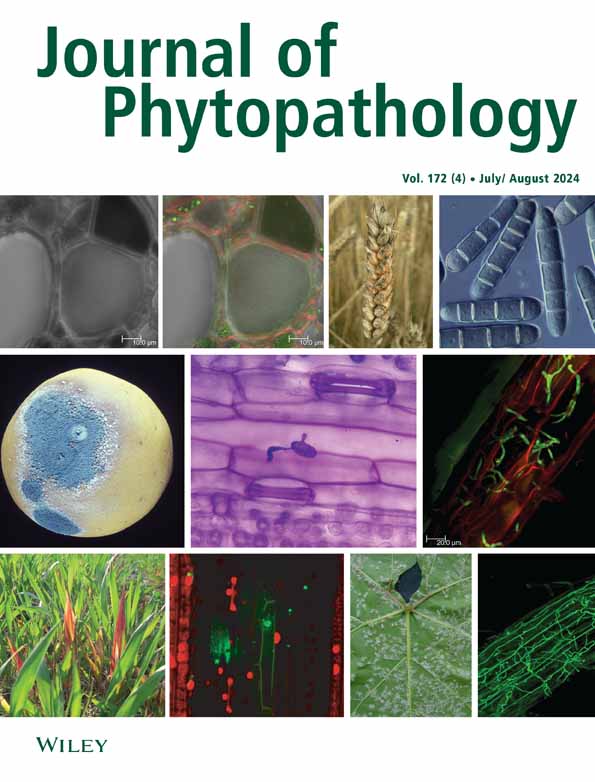Mungbean is an economically important short-duration traditional pulse crop in Pakistan. During a routine inspection of mungbean fields in the summer of 2018, unusual disease symptoms reminiscent of Tospovirus were observed for the first time. These symptoms include severe leaf chlorosis, necrosis, plant stunting and death. To identify the causal virus, symptomatic fresh leaves were analysed following RT-PCR using GBNV-specific primer pair which resulted in the amplification of ~0.8 kbp fragment specific to CP gene of Groundnut bud necrosis virus (GBNV). A representative amplicon was cloned and sequenced. The analysis of the attained sequence confirmed its high resemblance with GBNV earlier reported from different crops in India. The virus was successfully mechanically inoculated onto the mungbean genotype MH-21006 which produced similar symptoms as observed under field conditions. Under the present study, based on the visual assessment, 132 mungbean advanced genotypes and approved varieties were also evaluated against GBNV under field conditions. Data showed that 122 genotypes were resistant with percent disease index (PDI) value ranging from 1.3% to 9.9% while 10 were tolerant with PDI value ranging from 10.3% to 14.2%. Present findings confirm the first natural association of GBNV with mungbean in Pakistan.


